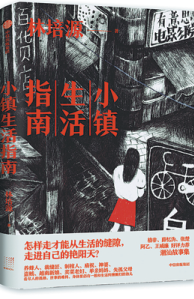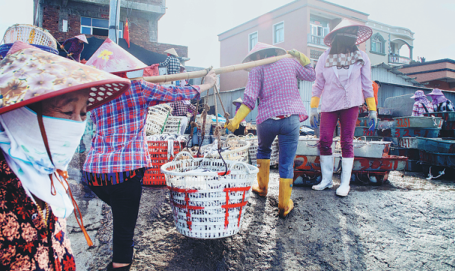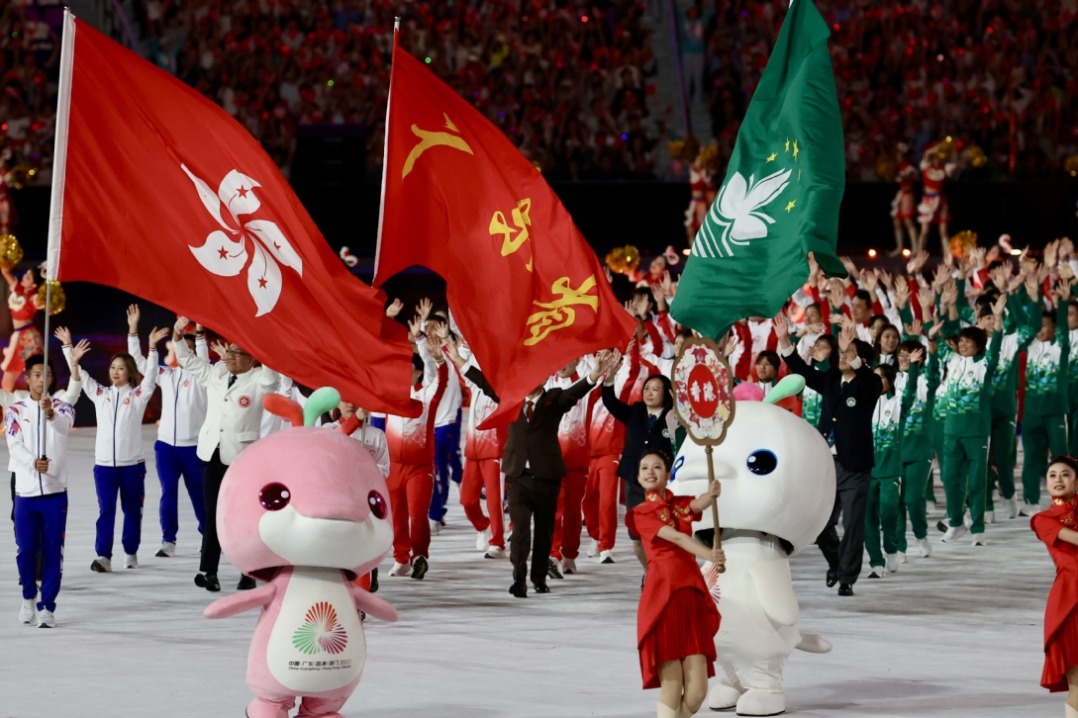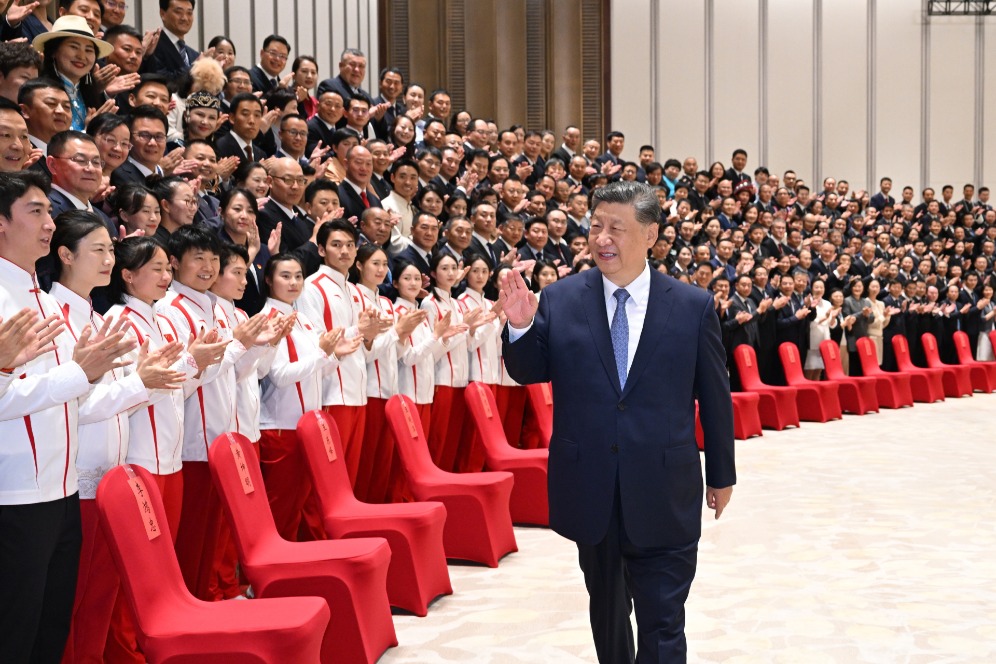Words turn small town lifestyle into a big story

His word keeps his world relevant. Author Lin Peiyuan, 32, observes the intricacies, history, character, old-fashioned charm and foibles of his hometown in South China's Guangdong province. He peppers his work with the salty, wet atmosphere of the small town by the sea. He uses local-dialect phrases to tell a story of universal humanity.
Xiaozhen Shenghuo Zhinan (A Guide to Small Town Living) published recently, comprising 10 short stories concerning the author, is a case in point. It is an intense example of self-observation written with panache.
The cultural and linguistic region Lin's works repeatedly evoke is often referred to as Chaoshan. This is an amalgamation of the cities Chaozhou, Jieyang and Shantou, or Swatow, at the southeast side of the province.
The region, across the straits from Taiwan, sits on the Tropic of Cancer and has moderate weather. It is located between a Cantonese-speaking region and Hakka dialect area, and therefore shares their cultural conventions.
Historically, it was a hub of international trade and, not entirely separate, a launchpad for many Chinese to seek their fortune overseas.
As hit TV series The Bad Kids and local indie bands, such as Jiulian Zhenren and Wutiaoren, have become popular, Chinese audiences are paying greater attention to the dialects, traditions, dwelling styles and the ornate arcaded streets of small cities and towns in Guangdong. They provide a tantalizing glimpse of yesteryear.
"Our local culture used to be framed by that of North and Northeast China in terms of media exposure," Lin says.
He has tried to embed his hometown into his writing.
Lin was born and raised in Yanhong town of Shantou city with a population of around 50,000.
This had both worlds, the old and the new, the traditional and the modern, vying for attention. There, at the south of the Lianhua Peak, are the farmlands and factory buildings. Further south, across a national highway to Fujian province, is a residential area that has some countryside features, but still has urban elements.
The streets are neat and orderly, with rows of dwellings that share a wall with their neighbors.
Elderly people still live in cottages, with roof tiles and earthen walls, that are passed down from previous generations. Some of the cottages date back more than a century.
Lin spent some of his childhood in such a dwelling with his grandparents. Inside the front door was a patio, a well and bonsai. The patio would catch the sun and they could wash food and clothes by the well.
In Lin's description, every family in the town has a gongfu cha (a local tea ritual) set in their living room for daily use and, importantly, to host guests. He has also seen a vendor selling snacks on the street from his cart for more than two decades. He has witnessed the man's thick black hair gradually turn gray.
While the traditional lifestyle still flourishes, a clash with the modern is, perhaps, inevitable. Late night snacks, fast food and express delivery that were first popular in the big cities have spread to the town.
Just like most small cities and towns around China, middle-aged people whose children have left home to work or study favor square dances and short-video platforms on smartphones to kill time. Some of them use mobile karaoke apps to sing local opera and popular songs.
Some, however, go to help babysit their grandchildren and inevitably encounter a bittersweet period, adapting to the younger generation's new urban way of life.
Most of these scenarios can be tracked in Lin's works. He has also dug into the subtle sentiments and life twists of the disadvantaged locals.
There is struggle, there is heartache and there is life-an overwhelmed single mother, parents who lose their one and only child, an old woman selling vegetables, a Vietnamese bride who married a local husband, a beekeeper, a tailor, a fortuneteller and a carpenter who made coffins.
Writer Chen Runting, a friend of Lin, is impressed that figures Lin has created are living amid great conflict, but at the end of the stories they seem to have solved the problems in a symbolic, and often drastic, way.
Lin's doctoral tutor at Beijing's Tsinghua University, renowned writer Ge Fei, also points out that Lin has been greatly influenced by those imaginative literary works he had read that were often legends and full of allegory.
Lin studied in Guangzhou, Shenzhen and Beijing and was once a visiting scholar at Duke University in the United States.
He was trapped at home for six months during the COVID-19 pandemic and had to finish his doctoral dissertation defense on comparative literature online in July.
For the first time in over 10 years, he had a chance to readjust to the life of his hometown, and to take the time to listen to his childhood friends, trying to understand their choices and the subsequent happiness, dullness and stresses that are different from his lengthy campus life.
Lin sees it a rare opportunity to collect vivid materials for further writing.
A literature teacher once asked the author in his high school to pay more attention to people and life around him.
Later, he was greatly encouraged when his mother was moved to tears while reading a national award-winning essay he wrote in 2007 about his family history.
He now actively inserts dialect and local expressions into his work. Literature featuring the Chaoshan region is becoming ever more popular.



Today's Top News
- China's consumer prices creep up in October
- Fresh opportunities seen in China
- Xi meets IOC chief and its honorary president
- National Games an embodiment of China's strength, unity and progress
- Xi declares 15th National Games open
- Xi attends opening ceremony of 15th National Games






























